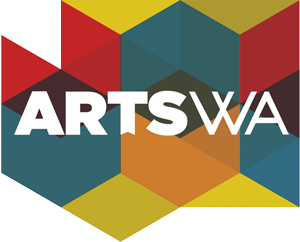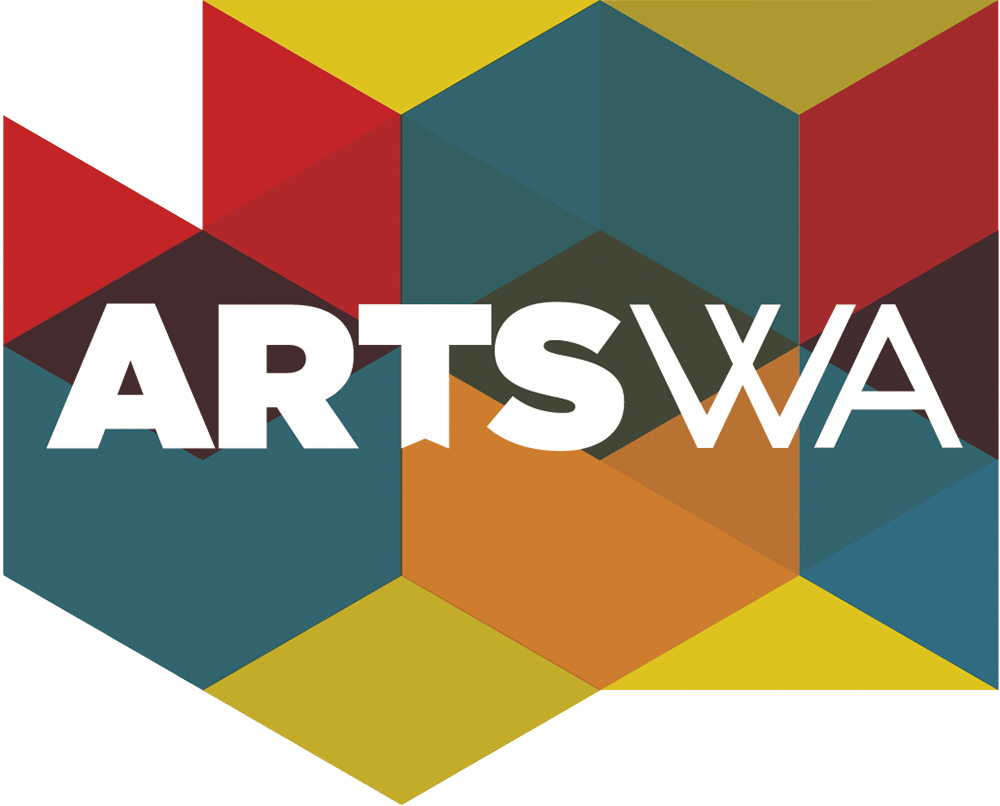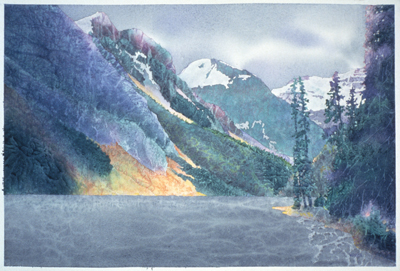Plastic Women of Color with Phone Wire, 1990
Marita Dingus
(American, born 1956)
Location: Western Washington University, Bellingham
ABOUT THE ARTWORK
Marita Dingus’s artwork is made of “discarded material.” The doll-like sculpture is made of plastic casing that has been filled with a variety of fabrics and found materials such as telephones wires and metal objects. Dingus speaks decisively of the symbolism of her chosen medium, saying, “The materials represent discarded people, and people of color historically have been discarded. You don't discard people. They have value.”
This artwork was acquired for the State Art Collection in partnership with White River School District.
ABOUT THE ARTIST
Northwest artist Marita Dingus is an African American feminist and environmental artist. She is a mixed media sculptor who uses discarded and recycled materials. In her own words, “My approach to producing art is environmentally and politically infused: neither waste humanity nor the gifts of nature . . . The discarded materials represent how people of African descent were used during the institution of slavery and colonialism then discarded, but who found ways to repurpose themselves and thrive in a hostile world.”
Dingus received her Bachelor of Fine Arts degree from Tyler School of Art in Philadelphia and both a Master of Arts and Master of Fine Arts from San Jose State University in California. She grew up in Auburn, Western Washington, and still lives and works there. She received the 2018 Twining Humber Award for lifetime artistic achievement.
ARTWORK DETAILS
| Material Category | Sculpture - mixed media |
| Medium | Mixed media |
| Dimensions | 26 1/2 in x 19 in x 9 in |
| ID Number | WSAC1990.297.000 |
| Acquisition Method | Direct purchase |
| Artist Location | Washington, United States |
Location Information
| Agency | Western Washington University |
| Artwork Location | Western Washington University Temporarily not on display. |
| WA County | Whatcom |
| Placement | Interior |
| Site Type | University |
| Address | 516 High St. Bellingham, WA 98225 |
| Geo. Coordinates | 48.737619, -122.486768 |
| Before Visiting | Some artworks may be located in areas not accessible to the general public (especially in K-12 public schools). Consider contacting the site prior to a visit to ensure access. |
| Map |
Related






_edited.jpg)
_edited.jpg)
